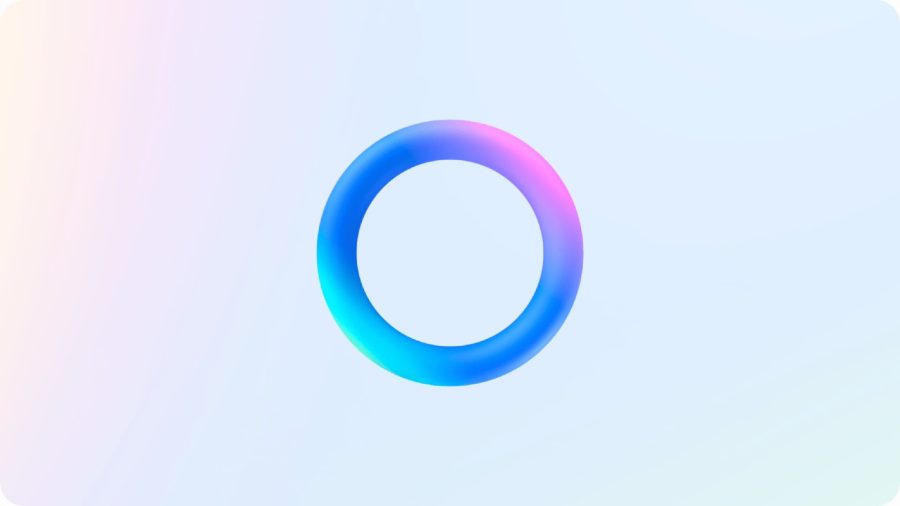
This week has been full of news on wearable devices: First the report from The Wall Street Journal that Microsoft is fabricating a smart watch (whether it’s just a prototype or an actual product is not confirmed); then Google’s release of guidelines for developers building apps (known as “Glassware”) for Glass; followed by the news on Wednesday that Google will start shipping Glass units to participants in its Explorers program.
(See also Google Glassware: How Developers Can Build Apps For Google Glass.)
To put these stories in perspective, Glass is a much, much more important story than any smart watch story — whether that watch is made by Microsoft, Samsung or even Apple. Smart watches could enable new “glanceable” experiences that we haven’t had on other devices, enhanced by body-generated data, like the Basis smartwatch does today. But they won’t fundamentally disrupt social norms in the way that Glass will. At best, they’ll reinforce existing ecosystems for smartphones — i.e., iPhone buyers might buy an iWatch; an iWatch might displace some phone usage, but wouldn’t replace a phone altogether.
Google Glass Could Be The Next Big App Platform
Smart watches are incremental steps forward toward the smart body future, but Glass is a giant leap forward in shoes propelled by rocket fuel. There is a very real chance that consumers will reject Glass, consigning it to the geeky niche of Bluetooth earpiece headsets. But if Glass succeeds, it could be the next iPhone: the next great platform for app development — not just for professional software developers but for non-tech companies like media, banks, retailers, hospitals and every other entity that wants to engage its customers or employees digitally.
Three initiatives in particular stack the deck in favor of the Glass success scenario.
First,Google’s transparent approach to product development gives Google insight into how consumers envision using Glass, identify concerns early and adapt its product and marketing accordingly, all while building buzz among socially connected early adopters. (Key fact: 68% of Glass Explorers have 1,000 or more followers on Twitter.)
Second, the new Glass Collective seed fund from Google Ventures, Andreeson Horowitz and Kleiner Perkins ensures that Glass-related apps, accessories and other products get the investmeent they need to feed the Glass ecosystem — just as iPhone app startups got in 2008.
The third initiative — Google placing restrictions on app developers in support of the user experience — takes on the biggest barrier to Glass adoption.
Wearing Glass creates a new experience not just for the person wearing the device, but also for everyone near someone wearing the device. Initial curiosity could quickly fade to annoyance when talking to someone seemingly distracted by a display you can’t see.
(See also 5 Socially Unacceptable Things You’re Going To Do With Google Glass.)
And then, of course, there’s the anger and frustration you feel when your likeness is photographed or videoed, autotagged and shared without your consent or control.
(See also Google Glass: Our Lives Are Not Reality TV.)
We already live this every day on Facebook; Glass just accelerates the phenomenon. The hardest challenge for Glass to overcome is not making the technology work or attracting developers, but establishing social norms around the device that draw people in rather than making them want to run for un-surveillanced cover.
Google Can Influence How People Use Glass
Google can’t control consumers’ manners — if you’re rude enough to text on your phone at the dinner table, you’ll be rude enough to read texts on Glass in front of other people. Your rudeness is not Google’s fault any more than it is the phone manufacturer’s fault. Still, Google, Glass Collective investors and app developers can influence the degree to which Glass supports, rather than distracts from, human goals (see Adam Gazzaley’s research at UCSF to understand what I mean).
Google is moving Glass in a positive direction, forbidding apps with advertising on Glass, forbidding apps to access sensors on the device and forbidding apps to track and share user data for advertising purposes – at least to start. The New York Times Bits Blog quotes Google advising app developers to “make sure apps do not send updates too frequently and to be sure to avoid doing anything consumers do not expect,” and get users’ explicit permission to do things on the user’s behalf.
This is a smart move on Google’s part. It not only supports consumers’ interests but also makes it more likely that using Glass — and being around someone using Glass — will be a positive experience: The less intrusive and distracting the experience of using Glass is, the more Glass wearers can focus attention on the people they’re with or the task they’re trying to accomplish.
(See also Is There Any Way To Jam Google Glass?)
We will all play a role in shaping how Glass fits into our lives and our culture. Consumers must take ultimate responsibility for how they use the device, but it’s encouraging to see Google playing its part.










